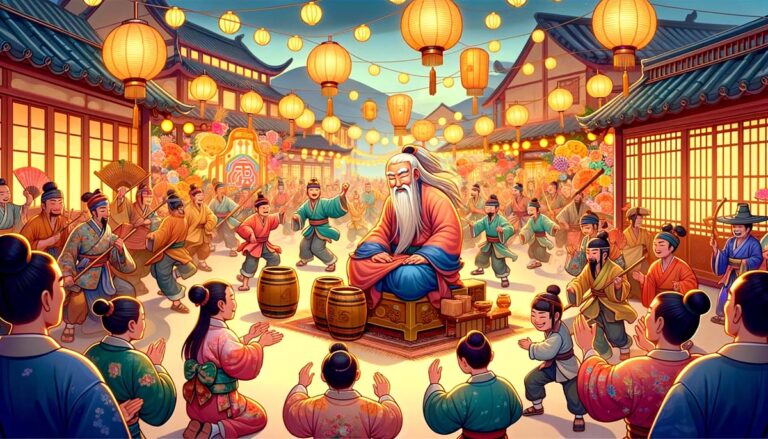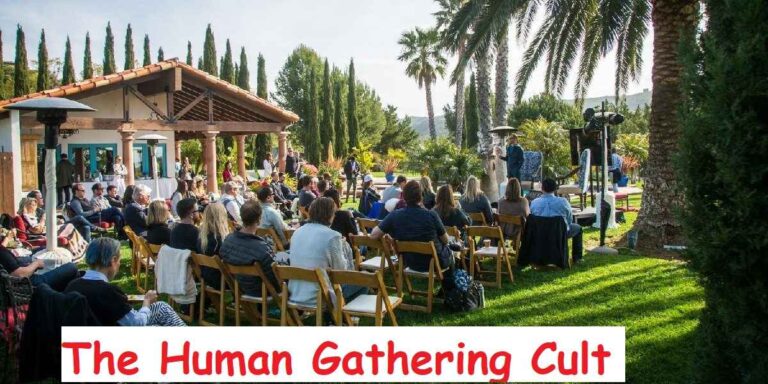Cñims: An Introduction to This Unique Cultural Tradition
What are Cñims?
Cñims are a traditional cultural practice originating in certain remote mountain villages of South America. Though little-known outside their native regions, cñims play an important ceremonial and social role in the communities that practice them.
At their core, cñims are ritualized gatherings centered around storytelling, music, dance, and the preparation of special foods. However, they also serve deeper purposes related to community bonding, passing down cultural knowledge, and marking important life events and seasonal transitions.
The Origins and History of Cñims
The exact origins of cñims are unclear, as they developed as part of oral traditions long before written records existed in the areas where they are practiced. However, anthropologists and folklorists have pieced together some information about their history:
- Cñims likely originated at least 500-600 years ago among indigenous Andean cultures
- The practice appears to have roots in both pre-Columbian traditions and syncretic elements adopted after Spanish colonization
- Early cñims may have had more overtly religious/spiritual components that became more cultural over time
- The name “cñim” is thought to derive from a word meaning “gathering” or “coming together” in an ancient local dialect
While cñims were once widespread across a large region, today they are only actively practiced in a handful of villages, mostly in remote areas of Peru and Bolivia. Efforts are underway to document and preserve cñim traditions before they are lost.
Key Elements of a Cñim Gathering
Though specifics can vary between villages, most traditional cñims share some common elements:
Preparation and Timing
- Cñims typically occur 2-4 times per year, often aligning with solstices/equinoxes or harvest times
- Extensive preparation occurs in the weeks leading up to a cñim, including gathering special foods, creating decorations, and rehearsing music/stories
- The whole village participates in readying for the cñim, with different tasks assigned based on age, gender, and social role
The Cñim Space
- A central village area is prepared as the cñim grounds, often circular in shape
- Colorful woven textiles and flower garlands are used as decorations
- A ceremonial fire or series of torches are lit to mark the cñim space
Roles and Participants
- Elders play a central role as storytellers and keepers of tradition
- Musicians provide rhythm and accompaniment on traditional instruments
- Dancers perform customary steps and movements
- Cooks prepare special cñim foods in large quantities
- All villagers participate as active audience members
Flow of the Cñim
- Opening rituals to mark the start of the gathering
- Sharing of cñim foods among all participants
- Storytelling sessions, often focused on local legends and history
- Musical performances and group dancing
- Periods of open socialization and community bonding
- Closing ceremonies to conclude the cñim
The Cultural Significance of Cñims
Cñims serve several important functions within the communities that practice them:
Preservation of Oral Traditions
In cultures without widespread written language, cñims provide a structured way to pass down:
- Local history and legends
- Traditional knowledge about agriculture, medicine, etc.
- Cultural values and social norms
- Artistic practices like music, dance, and textile arts
Community Cohesion
Cñims strengthen social bonds within villages by:
- Bringing the entire community together in a shared experience
- Providing opportunities for intergenerational interaction
- Reinforcing cultural identity and pride
- Creating a sense of continuity and stability
Marking of Time and Transitions
Cñims often align with important calendar dates or life events:
- Seasonal changes and agricultural cycles
- Rites of passage like coming of age ceremonies
- Honoring of ancestors and recently departed community members
- Celebration of marriages and births
Traditional Foods Associated with Cñims
Special foods play an important role in cñim gatherings. Some typical cñim foods include:
- Pachamanca: A traditional method of cooking meat and vegetables underground using hot stones
- Chicha: A fermented corn beverage often consumed during cñims
- Cñim Bread: A special flatbread prepared only for cñim gatherings
- Roasted Guinea Pig: Considered a delicacy and often reserved for important occasions
- Quinoa Stew: A hearty dish made with local grains and vegetables
- Cñim Sweets: Various desserts made with native fruits and honey
The exact menu can vary based on local traditions and available ingredients, but sharing food communally is always a central part of the cñim experience.
Music and Dance in Cñims
Music and dance are integral to cñim gatherings, serving both artistic and ceremonial purposes:
Musical Instruments
Traditional instruments used in cñim music include:
- Quena: A type of Andean flute
- Charango: A small stringed instrument similar to a lute
- Bombo: A large drum providing rhythmic foundation
- Zampoña: Pan pipes of varying sizes
- Chajchas: Rattles made from llama or alpaca hooves
Dance Styles
Cñim dances often have symbolic meanings and may represent:
- Agricultural practices and fertility rituals
- Courtship and romantic relationships
- Warrior traditions and tests of skill
- Animal movements and natural phenomena
Both group dances and solo performances may occur during a cñim gathering.
Storytelling Traditions in Cñims
Oral storytelling is perhaps the most crucial element of cñims, serving to entertain, educate, and preserve cultural memory:
Types of Cñim Stories
- Creation Myths: Explaining the origins of the world, humans, and important cultural practices
- Historical Accounts: Recounting important events and leaders from the past
- Moral Tales: Teaching cultural values and proper behavior
- Nature Stories: Explaining natural phenomena and sharing ecological knowledge
- Humorous Anecdotes: Providing entertainment and fostering community through shared laughter
Storytelling Techniques
Cñim storytellers employ various methods to engage their audience:
- Use of repetition and audience call-and-response
- Incorporation of songs or chants within the narrative
- Physical gestures and vocal imitations to bring characters to life
- Adapting stories to include current events or local references
The most respected storytellers can hold an audience’s attention for hours, weaving complex narratives that may continue over multiple cñim gatherings.
The Future of Cñims: Challenges and Preservation Efforts
While cñims remain an important tradition in the villages where they are practiced, they face several challenges in the modern world:
Threats to Cñim Traditions
- Urbanization and migration of young people away from traditional villages
- Influence of mainstream media and popular culture
- Loss of fluency in indigenous languages used in cñim stories and songs
- Economic pressures that make it difficult to dedicate time to cñim preparations
Efforts to Preserve Cñims
Several initiatives are underway to document and maintain cñim traditions:
- Anthropological studies and recordings of cñim gatherings
- Language preservation programs to maintain indigenous tongues
- Cultural education programs in local schools
- Development of sustainable tourism opportunities centered around cñims
Some communities are also exploring ways to adapt cñim practices for the modern world while maintaining their core cultural significance.
Experiencing a Cñim as an Outsider
For those interested in learning more about cñims firsthand, some communities do allow respectful visitors to observe or even participate in cñim gatherings:
Guidelines for Visitors
- Always obtain permission from community leaders before attending a cñim
- Dress modestly and follow local customs regarding behavior and gender roles
- Do not take photographs or recordings without explicit permission
- Be prepared to participate actively rather than simply observe
- Consider hiring a local guide who can provide cultural context and translation
What to Expect
- A cñim gathering typically lasts from sunset to sunrise
- You may be invited to share in cñim foods and participate in dances
- Much of the storytelling may be in indigenous languages, so translation is helpful
- The experience can be quite intense and immersive, both physically and emotionally
Attending a cñim can provide unique insights into traditional Andean cultures and ways of life that have remained largely unchanged for centuries.
Conclusion: The Enduring Significance of Cñims
Though practiced by relatively few people in a limited geographic area, cñims represent an important piece of cultural heritage. These gatherings encapsulate centuries of tradition, providing a living link to indigenous practices that long predate European contact in South America.
For the communities that maintain cñim traditions, these gatherings are far more than simple festivals or parties. They are the very fabric that binds together their cultural identity, connecting past and present, young and old, the physical and the spiritual.
As the world becomes increasingly interconnected and homogenized, practices like cñims remind us of the rich diversity of human cultural expression. They demonstrate the power of oral traditions and communal experiences to preserve knowledge and strengthen social bonds.
Whether cñims will survive as living traditions or eventually fade into history remains to be seen. But by understanding and appreciating these unique cultural gatherings, we gain valuable perspective on the many ways humans create meaning and community across time and space.






